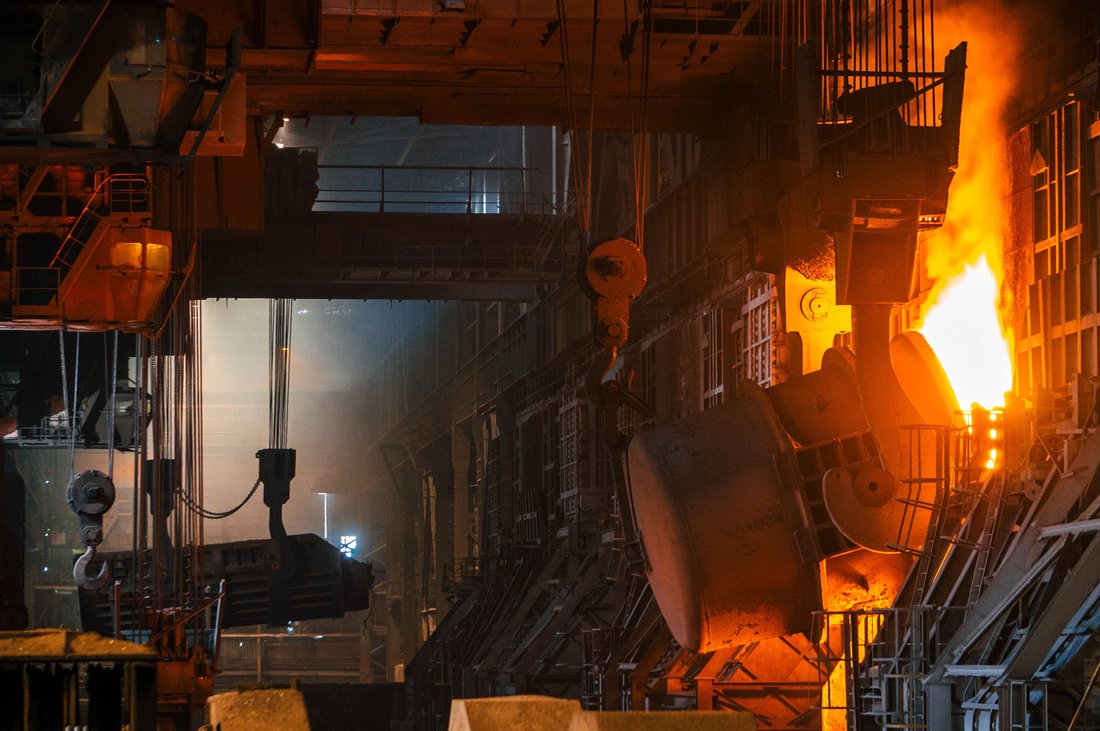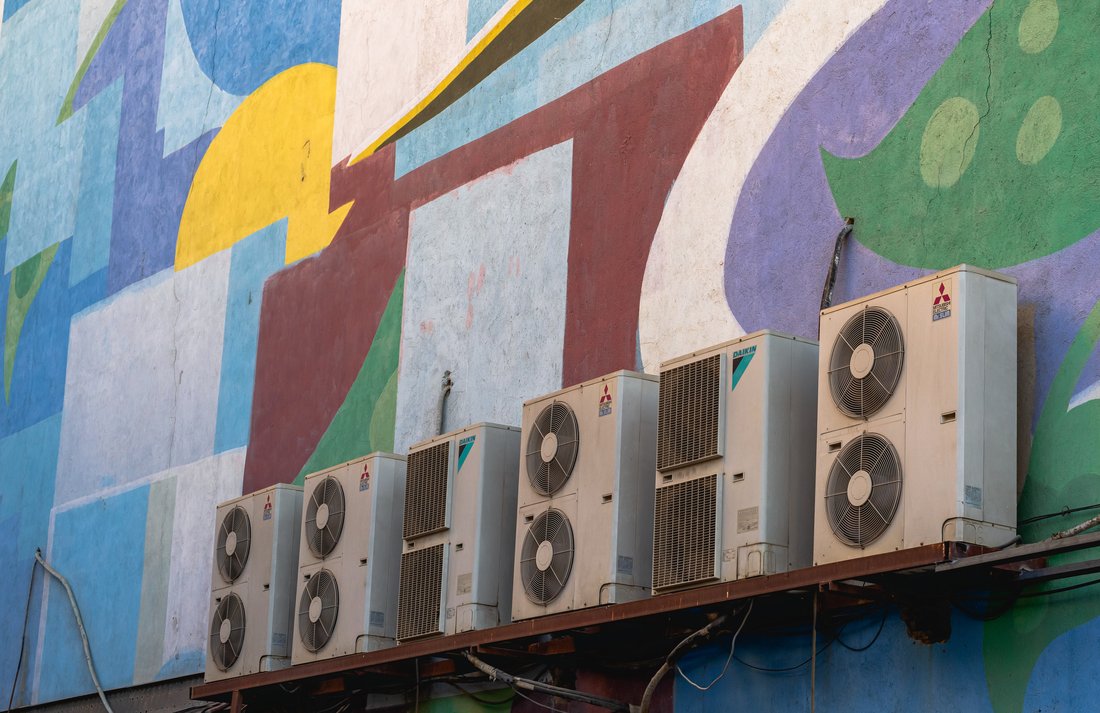Proper use of waste heat - synergies for neighbourhoods

The energy turnaround is needed - and just as importantly and urgently the heat turnaround. This requires a switch to regenerative heat sources such as water or earth, which - assisted by a heat pump - are raised to the required temperature level.
However, it also makes sense to use waste water and waste heat. Around two thirds of final energy consumption in industry is used for process heat. According to estimates, the savings potential in the process temperature range from 60 °C is around 125 TWh[[1] (for comparison, total electricity consumption in Germany in 2019: 579.8 TWh).
That is 125 billion kWh. The German Energy Agency dena assumes that there are still more than 70 TWh of industrial waste heat per year that could be technically tapped. In purely mathematical terms, this could replace around 13 per cent of German gas consumption.
(source: bit.ly/3XwqlqS).
The accumulation of process heat above 60°C therefore not only has gigantic proportions, but also great potential. And: waste heat can also be less than 60 °C in order to be of further use.
Theoretically, almost six million two-person households could be heated in a climate-neutral way with the waste heat that can be used in Germany. And large amounts of CO2 emissions could also be saved by using waste heat: Almost as much as a third of the cars registered in Germany emit in CO2 per year.

What is waste heat?
Waste heat is heat that is generated by technical equipment or systems but not used. It is generated as a by-product in most technical equipment: in engines and machines, in data centres, by air conditioners and refrigeration units in supermarkets, in power plants and biogas plants. In industrial manufacturing, some processes can also generate high-temperature waste heat. In the form of warm or hot air or liquid, this heat often goes unused. According to the heat atlas promoted by the BMWK, about half of the companies surveyed do not use their waste heat at all. Yet waste heat is a valuable source of energy.
How to use waste heat?
Waste heat can be used for domestic hot water and space heating. In order to be able to use the waste heat directly, the temperature of the source must be higher than that of the consumer. The higher the temperature of the waste heat, the higher the efficiency of the heat transfer.
But even if waste heat flows are not warm enough to be directly reused in a new process, they can still be utilised: as with other Anergy sources, it is then necessary to interpose a heat pump to increase the temperature level.
Depending on the temperature of the waste heat, it can be used for different purposes.
- Heat recovery: The waste heat is returned to the production process in which it was generated.
- Space heating and hot water: Offices or production halls can be heated with waste heat, and water can be tempered with it. Especially in production halls where products are processed at high temperatures using electricity, the use of additional heating systems can usually be avoided completely.
- Feeding into a heating network: Large amounts of waste heat can also be fed into heating networks. Especially when supplying neighbourhoods or municipalities, it is important to think holistically about energy supply in the future and to consistently include waste heat sources. For example, waste heat from data centres or supermarket cooling and air-conditioning systems can be fed into the (cold) heating network.
- Refrigeration: Sorption refrigeration machines use thermal energy to evaporate a refrigerant and thus cool it with heat. However, this requires comparatively high waste heat temperatures of at least 100 to 120°C to generate sufficient water vapour.
- Electricity: Waste heat from 85°C can also be converted into electricity with the help of ORC (Organic Ranking Cycle) technology and used in a variety of ways, for example to cover one's own electricity needs in production. to generate electricity from waste heat. The waste heat vaporises an organic refrigerant at low temperature. The steam is used to generate clean electricity under pressure.
- Regeneration of geothermal probe fields: Likewise, heat can raise the ground temperature when regeneration of the earth is necessary due to heat extraction in near-surface geothermal energy.
- Thawing energy stores such as ice reservoirs: A good way to use waste heat is also to store it. This is because if the heat is not used directly, it must be stored temporarily in a buffer tank. However, the heat can also regenerate an ice store and thaw it again so that it can store energy again.
- Special use: One way to use waste heat is in urban farming, for example to heat greenhouses. The company Seawater Cubes has come up with something special in cooperation with us at goodmen energy: The compact and turnkey fish farming system in shipping containers enables urban farming of warm water fish. The water is brought to the required temperature by waste heat - storage tanks ensure that this temperature can be kept constant.
Companies that use their waste heat thus reduce their energy consumption, their pollutant emissions and, to a large extent, their energy costs.

Profitability and economy
If it is possible to bring waste heat as hot as possible to the consumer, who in turn needs a rather low temperature (for example through underfloor heating), then the use is already economically viable today.
- The current high cost of electricity seems to make the use of low-temperature waste heat and heat pumps less viable in the short term. However, the overall development in the energy sector shows that prices are not stable and all available cost-free resources should be used right now to manage the energy and heat transition in the planned timeframe.
- One technical approach to using waste heat from data centres that can be economical even with higher electricity prices and low heating costs is liquid cooling of servers. Instead of warm air, data centres emit 60° C warm water. This can be used directly and without a heat pump for many purposes.
- An important factor for the profitable use of waste heat is the length and insulation of the pipes. Ideally, the source and the consumer should not be too far apart, so that no major heat losses are to be expected and the efficiency is right.
- Since process heat is always subject to fluctuations or may not be available at all during the night, an energy centre with a buffer storage tank must be connected upstream in order to make technical use of the waste heat. Heat storage systems allow for decoupled use.
The German government's technology-neutral subsidies also allow for low-interest loans or grants of up to 40 per cent of the necessary investments for the use of waste heat, so that investments are amortised more quickly.
Draft bill on the Energy Efficiency Act
This draft, which became known in October 2022 but has not yet led to a bill at present, stipulates that companies are obliged to avoid waste heat from production processes or to reuse it when avoidance is not possible. From 2028 at the latest, this is also to be done independently of the economic efficiency aspect. The draft also provides for special requirements for data centres.[2]
For details in German see this article: bit.ly/3XTYVvb
Avoidance over use
The best waste heat is that which is not generated in the first place. The top priority should therefore be to avoid waste heat by taking appropriate measures, for example by effectively insulating hot pipes. This also increases the energy efficiency of the process. Only where waste heat cannot be avoided should it be used as a renewable heat source.


